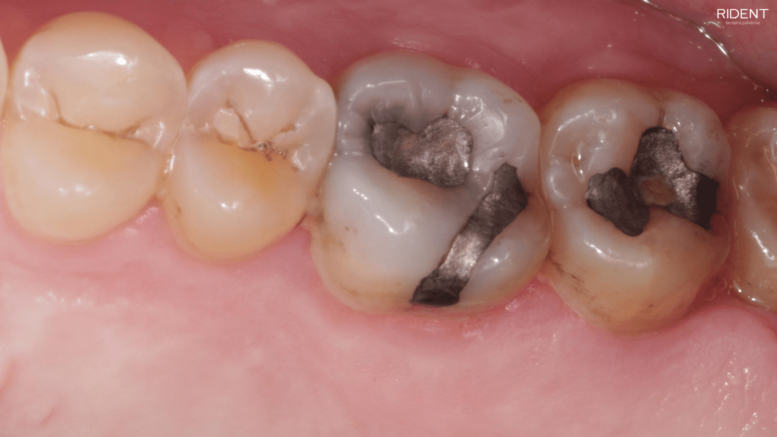01.08.2020
White fillings are a composite resin, a combination of quartz particles and various minerals in a resin base that does not contain metals, mercury and other materials potentially harmful and dangerous to the patients’ health. Due to the white color, they restore the tooth’s natural and aesthetically acceptable appearance, and the latest generations of white fillings have been proven to be more durable and stronger.
White fillings build on parts of teeth that are affected by caries or parts of teeth that have been fractured by trauma. Once the material of choice was amalgam (the so-called black filling), while today it is an unhealthy and aesthetically unacceptable material recommended to be replaced.
The materials we use are highly aesthetic composites. Fillings are made to faithfully mimic the appearance of teeth. This means that the filling forms every lump and indentation as in a natural tooth, and the transition between the tooth and the filling must be imperceptible. In addition to the aesthetic function, white fillings also have a strong health function because of their great polishing ability they reduce the possibility of building plaque and caries and restore the natural strength of teeth.
Placing a white filling requires less removal of healthy tooth tissue while grinding the teeth, and one visit to the dentist is enough to place such a filling. We will first remove caries or repair the fracture, and then clean and dry the resulting cavity and carefully place a white filling in layers that will faithfully mimic the appearance of your tooth. The procedure is completely painless.
Unlike classic fillings that are made and modeled in the mouth, Inlay, Onlay and Overlay are made in a dental laboratory based on a tooth impression, after which they are cemented into the tooth. They are cemented to the tooth in one piece, and the procedure is completely painless.
The Inlay is placed inside the contours of the teeth sharpened by the dentist. The Onlay is larger and fills in the tooth damage where one or more lumps or the entire chewing surface needs to be upgraded. It comes in contact with the opposite tooth. The Overlay covers both the inner and outer parts of the tooth crown.
These very durable fillings are most often made when the areas that need to be replaced are larger than usual, and yet not large enough to make crowns. This type of prosthetic work is used primarily on posterior teeth, while ceramic veneers are used as an aesthetically superior option for anterior teeth.
Replacing black fillings with white ones is recommended for health and aesthetic reasons. White fillings have a “health” function that strengthens your teeth to some extent, restores their strength and reduces the possibility of caries. In addition, their aesthetic advantage over black fillings is incomparable: white fillings are fully adapted to your teeth and their color, and restore your smile to its natural beauty and healthy look.
In our polyclinics you may replace black fillings with white ones in a completely painless procedure where we will carefully remove the black fillings, and with the help of high quality modern materials put new white fillings that will fully adapt to your teeth and highlight the beauty of your smile.
